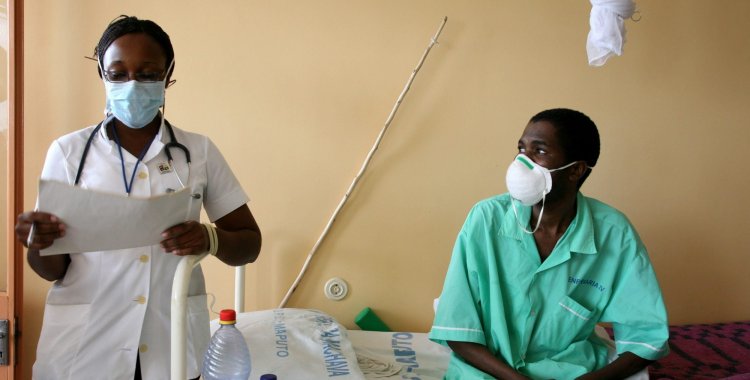The document, which analyzes the response to the disease in 215 countries or territories in 2021, highlights that Brazil was, among the 30 countries with the most cases, one of the five - Bangladesh, Brazil, China, Uganda and Zambia - that recorded the levels higher levels of treatment coverage.
With regard to all Portuguese-speaking countries and territories, and from the application made available by the WHO, with information by country, from the global tuberculosis database, it is possible to compare information on new cases and deaths in 2015 and 2021.
Brazil is the Portuguese-speaking country or territory where the number of cases, 88,100, has increased the most (+14 percent) as well as the number of deaths (+11 percent).
The biggest decrease in cases in this group of countries or territories was registered in Cape Verde, with 185 cases (-45 percent), while in deaths it declared 10 percent less.
The second largest decrease in cases was registered in the Macau Special Administrative Region, with 340 cases (-18 percent) and 9.5 percent fewer deaths.
Angola follows with an incidence of 64,000 cases (-11 percent) and a 15 percent drop in reported deaths.
In Mozambique there was no change in the number of registered cases (98,500) and deaths fell by 49 percent.
Guinea-Bissau also did not declare a change in the number of registered cases (2,500), but deaths increased by 19 percent.
São Tomé and Príncipe recorded 82 cases (-27 percent), but deaths increased by 6.1%, while in Equatorial Guinea, reported cases were 1,900 (-0.4 percent) and deaths dropped by 12 percent. .
Timor-Leste had 3,300 registered cases (-2.4 percent) and the number of deaths rose slightly (0.78 percent).
The report lists tuberculosis as the second deadliest infectious disease (after covid-19).
Caused by 'Mycobacterium tuberculosis' bacteria that most often affect the lungs, the disease can spread when people sick with TB expel bacteria into the air – for example by coughing.
Most people who develop the disease are adults and in 2021, men accounted for 56.5 percent, adult women accounted for 32.5 percent and children 11 percent.
Many new cases are attributable to five risk factors: malnutrition, HIV infection, alcohol use disorders, smoking and diabetes.
Tuberculosis is both preventable and curable. About 85 percent of people who develop tuberculosis can be successfully treated with a four to six month drug regimen.
Treatment has the added benefit of reducing transmission of the infection.
Cited in the report, the director-general of the WHO, Tedros Adhanom Ghebreyesus, considers that if the covid-19 pandemic “has taught us anything, it is that with solidarity, determination, innovation and the equitable use of tools” it is possible “to overcome serious threats”. the health".
“We are going to apply these lessons to the fight against tuberculosis. It's time to end this long-time killer. Working together, we can end TB,” he maintains.
To intensify the development of vaccines, taking advantage of the lessons of the covid-19 pandemic, the director of the WHO World Program for the disease, Tereza Kasaeva, considers that the report “provides new and important answers and is a decisive argument for the need to join forces and urgently redouble efforts to put the TB response on track and achieve previously established goals.”
In this regard, Teresa Kasaeva announces that the WHO will convene a high-level UN summit in the first months of 2023.







